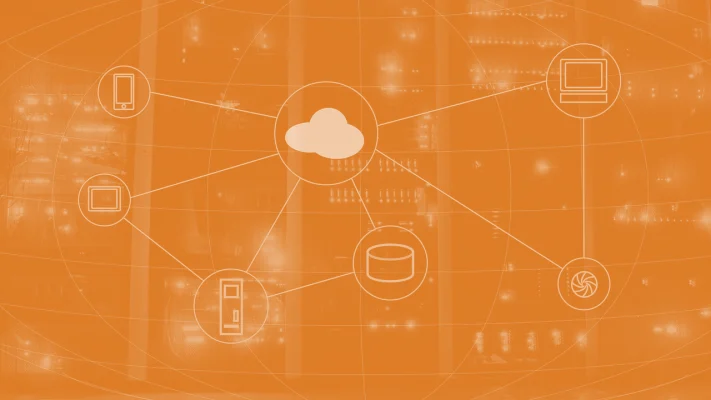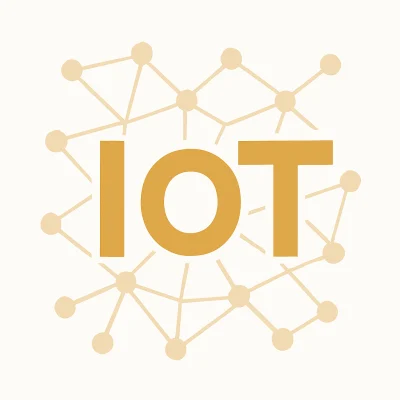A slow website is bad news, right?
Not only can it be incredibly irritating, but it also has a huge impact on user experience. This is also true of IoT devices — especially with the number of new ones flooding the market.
As a result, SMEs and large companies have to reevaluate and reconsider the implications of their device connections and ensure they have low latency IoT devices.
In this blog post, we’ll delve into the importance of latency in the world of IoT and offer you some practical tips for ensuring a better user experience, creating higher-performing products, and, ultimately, enabling the full potential of an IoT device. Let’s get into it.
Watch the video below to get a quick overview of the importance of latency.
Fast Connections Are Key to a Better User Experience
Want to improve user experience? The first thing you’ve got to know is that we all have a need for speed.
So, how fast is fast enough? Actually, just a fraction of a second. Research has shown that the response time that makes us feel as though our actions are directly causing something to happen when we click on a user interface is only 0.1 seconds.
This is what that looks like in practice. Say you’re clicking to expand a menu on a website. That menu needs to expand in less than 0.1 seconds to make you feel like your action made it happen. If it’s any slower, you’re likely to feel like it’s the computer deciding to expand the menu, not you.
As you can see, whether it’s exploring a website or sending data between IoT devices, you need to ensure you’re making these processes as fast as possible. Otherwise, users will be ditching your product in 0.2 seconds.
Low Latency In Direct IoT Connectivity (It’s More Important Than You Think!)
Low latency might not be top on your priority list. However, in several IoT use cases, low latency is an extremely important part of both the user experience and unlocking the potential of an IoT device.
Not convinced? Here’s an example of why low latency IoT devices are super important. Say you want to unlock a door via your smartphone. Imagine you want to let a person in remotely, maybe your child has forgotten their key (again…). In this scenario, you want the lock to open as soon as you tap the screen, not several seconds or minutes after. If there is high latency in your IoT connection, it can be hard to manage and could leave your child stuck on the doorstep.
When it comes to unlocking the full potential of an IoT device, let’s look at a surveillance camera with PTZ control. PTZ stands for Pan-Tilt-Zoom. Low latency IoT connectivity makes controlling a PTZ smoother and easier. On the flip side, if the latency is over 100ms, camera movements become out of sync with the user’s control. Moreover, the user will start to “overshoot” the target as they fail to stop movement commands.
The graphic below shows what fast and direct IoT connectivity with low latency looks like:

How Can You Ensure Low Latency in IoT Devices?
A way of ensuring low latency in IoT devices is by creating direct connectivity between an end-user client (such as an app on a mobile device or a computer) and an IoT device.
This is also known as peer-to-peer (P2P) connectivity. The user’s commands to the IoT device, streaming of video, or transfer of large amounts of data are shared in a direct communication infrastructure with no influence of a third-party server.
The alternative is to connect to an IoT device by sending commands or data through the cloud. User familiarity with the cloud makes this seem like a good idea. However, in some cases, data and commands are stored on the server database before they’re transmitted to the end-user. This is shown to have an effect on latency. How much of an effect? Well, in these database-driven IoT solutions, data and commands can sometimes take more than five seconds to send.
P2P connectivity is otherwise known as a decentralized IoT Application Enablement Platform (AEP). It alternative is known as a “traditional” AEP solution (e.g. Microsoft Azure or AWS IoT). Here’s a visual representation of what sending data via each of these looks like:
Decentralized AEP:

Traditional AEP:

Here at Nabto, our IoT platform uses P2P connectivity to decentralize data processing and storage. This ensures low latency and removes many of the security and privacy challenges posed by the cloud and cloud-based AEPs.
Bottom Line: Low Latency Unlocks IoT Devices Full Potential
As you can see, low latency ensures the best user experience in many IoT scenarios. You can guarantee this for your users by heeding our advice and using direct P2P connectivity.
If you want to learn more about our P2P connectivity solutions or ways we can help you deliver low latency in your IoT device, get in touch with us today.
Read Our Other Resources
We’ve also published a range of IoT resources for our community, including:
- How to Overcome IoT Security & Privacy Challenges, which provides an overview of keeping your customers’ data safe and private in the world of IoT.
- Buying versus building an IoT platform, which discusses how to choose the best option for you.
- Our guide on >how to Develop IoT Apps and what platforms you can use.
- A Comparison of IoT Protocols for Developers will help you find the perfect protocol for your device.
- Find the right microcontroller by reading our Complete Guide to Microcontrollers for IoT.







